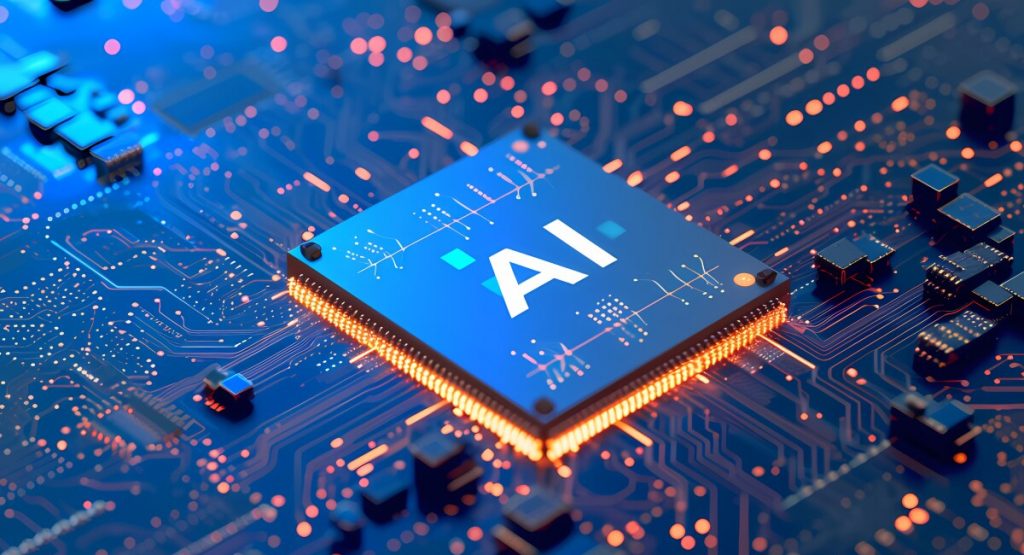A recent United Nations report has raised significant questions about the future role of Artificial Intelligence (AI) in transforming jobs across countries with different levels of human development. The 2025 Human Development Report by the United Nations Development Programme (UNDP) pointed out that the impact of AI on employment remains uncertain, as it could either automate jobs or enhance them. This will largely depend on the pace of technological advancements and the policy decisions made by governments.
The report emphasized that AI offers new possibilities for economies at all income levels, potentially advancing human development. However, it stressed that this opportunity is particularly urgent for low- and middle-income countries. These nations face challenges in maintaining progress on the Human Development Index (HDI), with a noticeable slowdown in development across many developing regions.
The gap between countries with high and low HDI scores, which had been narrowing for years, has started to widen again in recent times. While the report highlighted these concerns, it also noted that AI could be a key driver of progress. AI adoption is expected to rise in sectors critical to HDI improvement, such as education, healthcare, and employment. According to the report, a survey revealed that while only 14.4 percent of people in countries across various HDI categories had used AI in the past month, 66 percent anticipated using it within a year.
However, for low-HDI countries, the report pointed to several barriers. Many of these nations could bypass traditional economic development pathways, moving directly from agriculture to services without developing a strong manufacturing sector. This “skipped step” could limit employment opportunities and hinder long-term industrial growth. The report noted that the ongoing digital transformation, driven by automation, was narrowing opportunities for low- and middle-income countries. Yet, it also highlighted that AI could provide new opportunities if these countries focus on complementing, rather than replacing, human work.
The report also warned that while lower-income countries are expanding their talent pools, systemic issues like inadequate computing infrastructure, limited data access, and weak institutional support could result in losses. As a result, skilled workers from these regions might continue to migrate to higher-income countries in search of better opportunities. India, which ranked 130th out of 193 countries on the HDI in 2023, has made notable progress, with its HDI value rising from 0.676 in 2022 to 0.685. However, it remains in the medium human development category. Despite these challenges, India stands out as the only low- or middle-income country among the top 10 in the Global AI Index. It also reported the highest level of AI skills penetration, with 20 percent of its AI researchers remaining in the country in 2023, a significant increase from almost none in 2019.
AI has already begun to make an impact in sectors such as agriculture, healthcare, and public service delivery in India. However, the country has yet to establish a legally binding regulatory framework for AI-related products and services. Current policies focus on fostering innovation and creating an environment conducive to AI adoption. Despite its strides in AI, India continues to face challenges in improving its HDI. The report pointed out that persistent income inequality and gender disparities are major obstacles to inclusive development, underscoring the need for comprehensive policies that address these issues alongside technological advancements.
